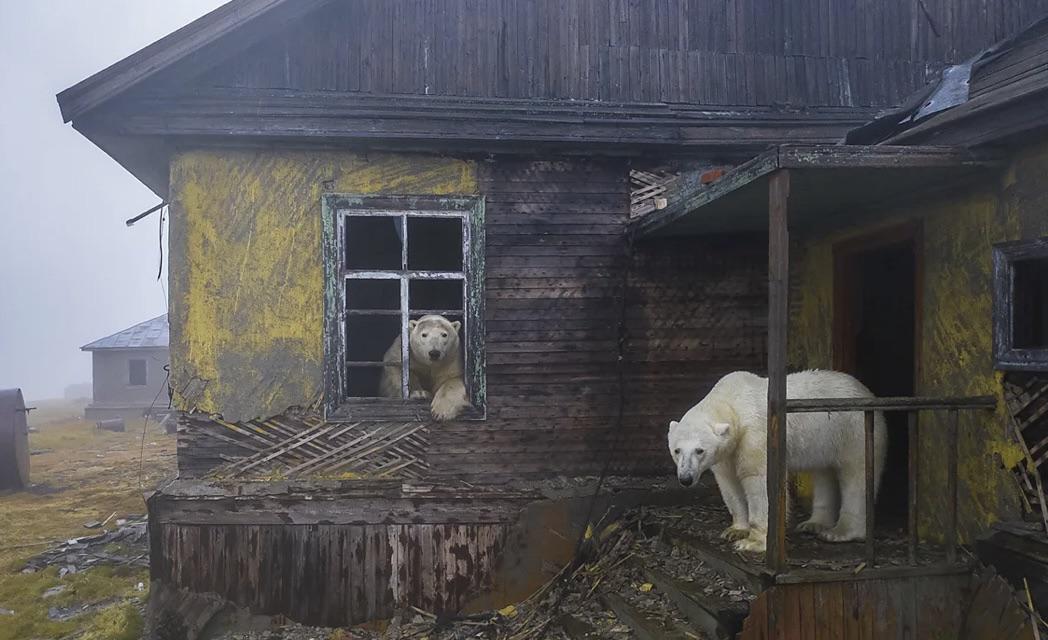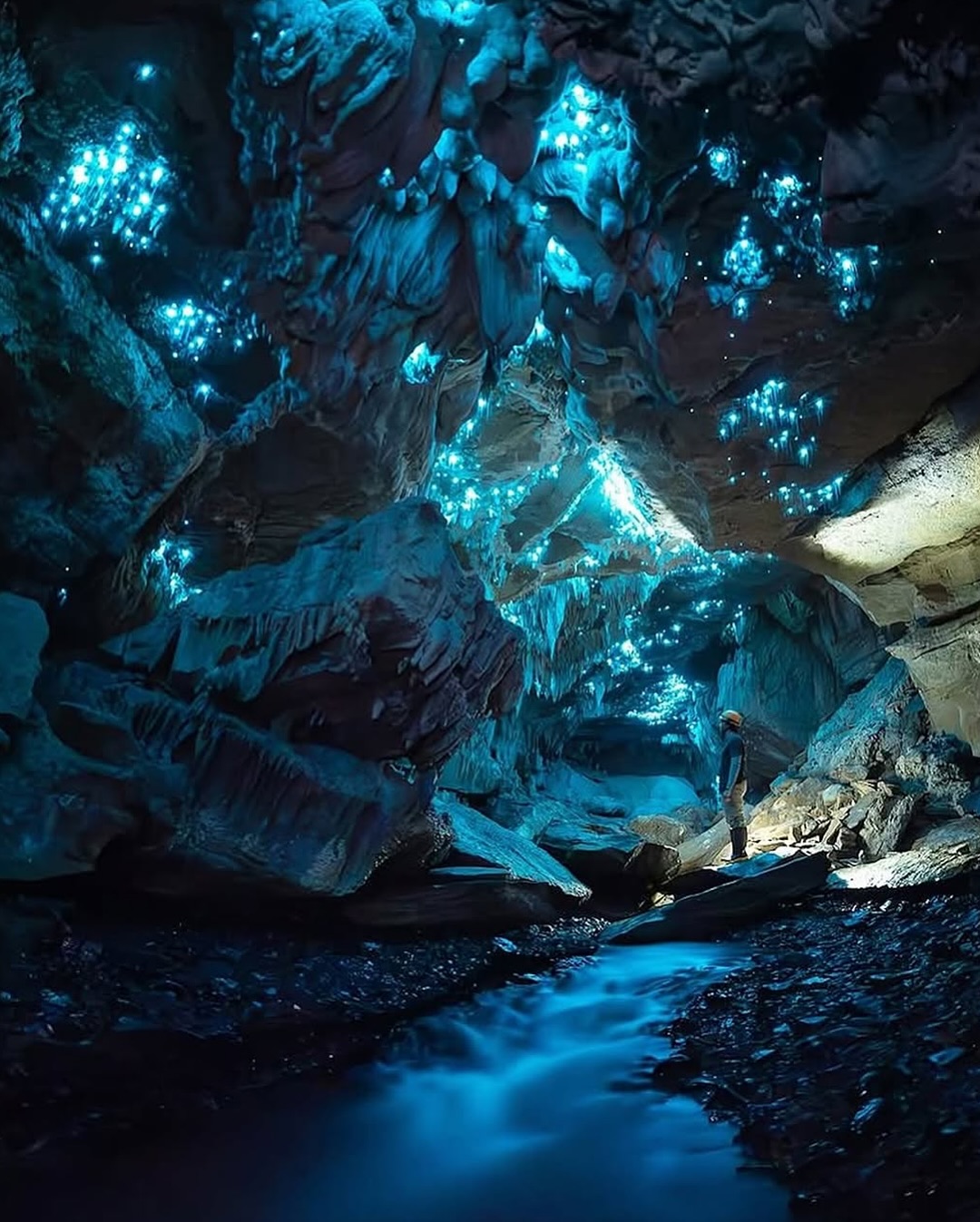Nature has an endless ability to surprise us. Sometimes it’s in the form of breathtaking beauty, other times in the quiet details we often overlook. And occasionally, it’s something so bizarre, so utterly unexpected, that it stops us in our tracks.
That’s exactly what happened in 1992, when Canadian photographer Scott Gardner was out photographing wildlife in Ontario. What began as an ordinary outing turned into a moment that would stick with him—and with science—for years to come.
There, among the grass and underbrush, he spotted a toad. But this wasn’t just any toad. Its eyes weren’t where they were supposed to be.
They were inside its mouth.
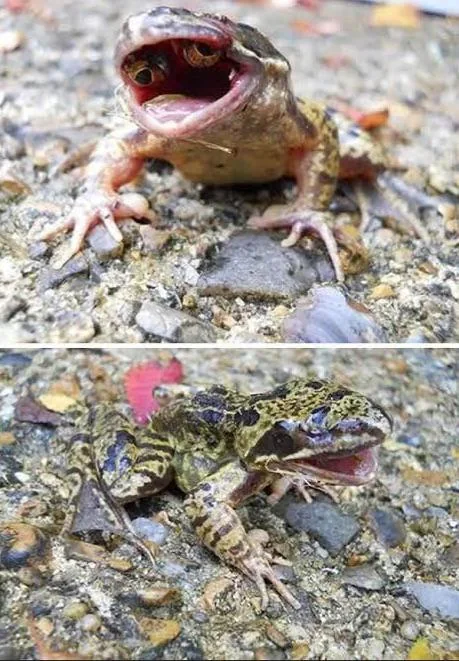
At first, it seemed like a mistake—maybe a visual trick or distortion in the photo. But no, it was real. Gardner’s camera caught the strange amphibian up close, and the image clearly showed that the toad’s eyes were embedded within its mouth cavity. When the toad opened its mouth, you could actually see the fully-formed eyes staring out from the inside.
It was the kind of image that made people do a double take—and then call in scientists.
The phenomenon isn’t just rare—it’s nearly unheard of. Scientists who later examined the photo and reports believe the condition might have been caused by a rare genetic mutation during the toad’s development.
Some experts suggested a condition called ectopic eye placement, where developing tissues migrate to the wrong areas during embryonic growth. It’s been seen in lab conditions in various species, but to encounter it naturally, out in the wild, is incredibly rare.
What made this even more fascinating was that the toad appeared otherwise healthy. It wasn’t deformed in the traditional sense—its limbs, skin, and general structure all looked normal. Aside from the complete relocation of its eyes, it functioned like any other toad.
How it saw, how it hunted, or whether it could survive long-term—those questions remain open-ended. But for that brief moment, the toad wasn’t just a curiosity. It was living proof of how nature can rewrite its own rules.
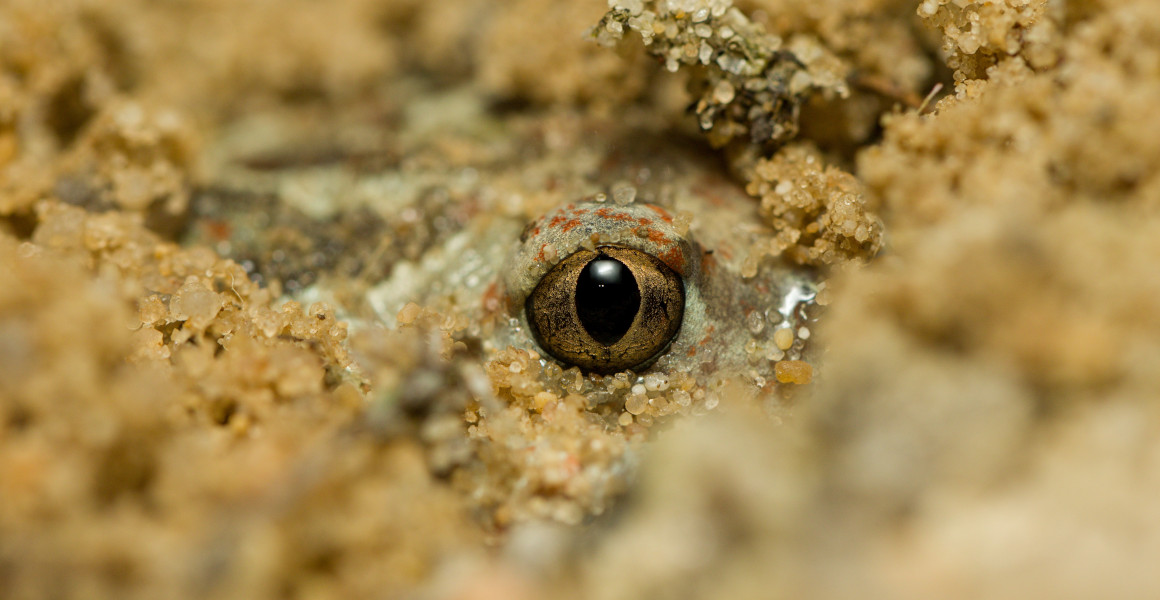
Moments like this remind us that life isn’t confined to tidy boxes. There are exceptions. Glitches. Surprises.
And in those rare encounters—whether it’s a two-headed snake, a blue lobster, or a toad with eyes in its mouth—we’re reminded of the biological chaos that quietly exists beyond our sight. For scientists, these anomalies are windows into the complexity of life. For photographers and storytellers, they’re flashes of something surreal and unforgettable.
Gardner didn’t set out to document a one-in-a-million toad. He was just in the right place at the right time, camera in hand, open to whatever the wild wanted to reveal that day.
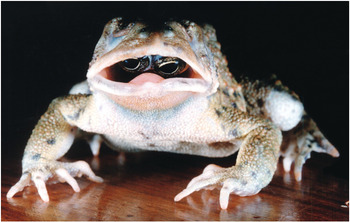
Over 30 years later, the image still stirs the imagination. It has been studied, debated, shared, and wondered about by countless people around the world. And every time it resurfaces, it invites the same question: How?
Maybe there will never be a full scientific explanation. Maybe this toad’s moment in front of the camera will remain one of nature’s small, strange mysteries. But there’s beauty in that too.
Not everything has to be solved to be understood. Sometimes, the most powerful part of nature is in simply witnessing what we can’t quite explain.
And thanks to Gardner’s keen eye and curiosity, this tiny, strange toad from a patch of Ontario will never be forgotten.


